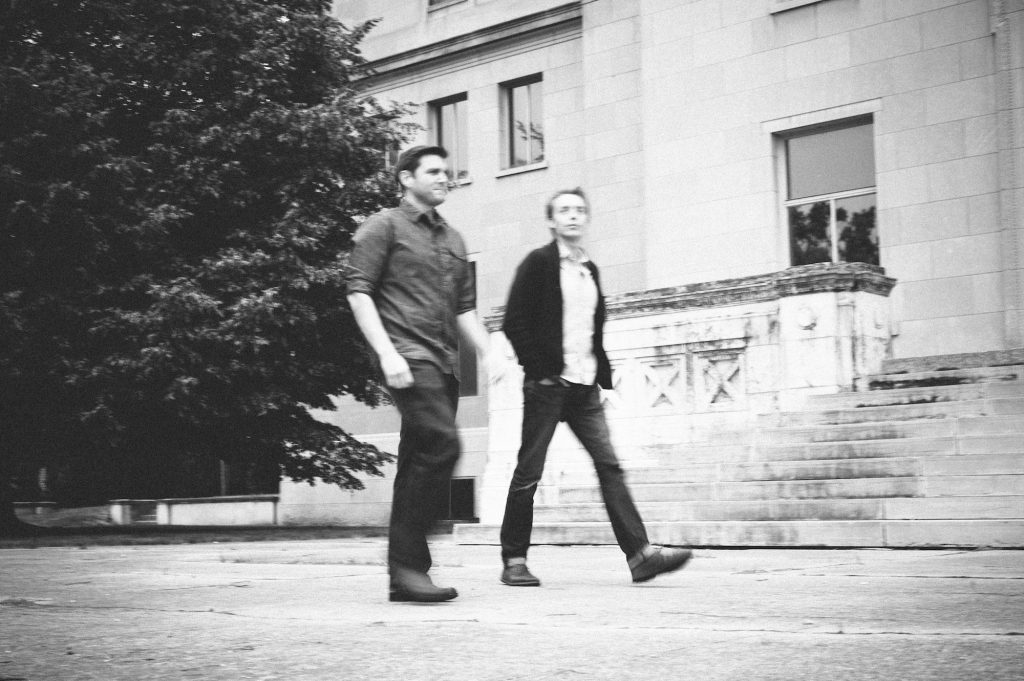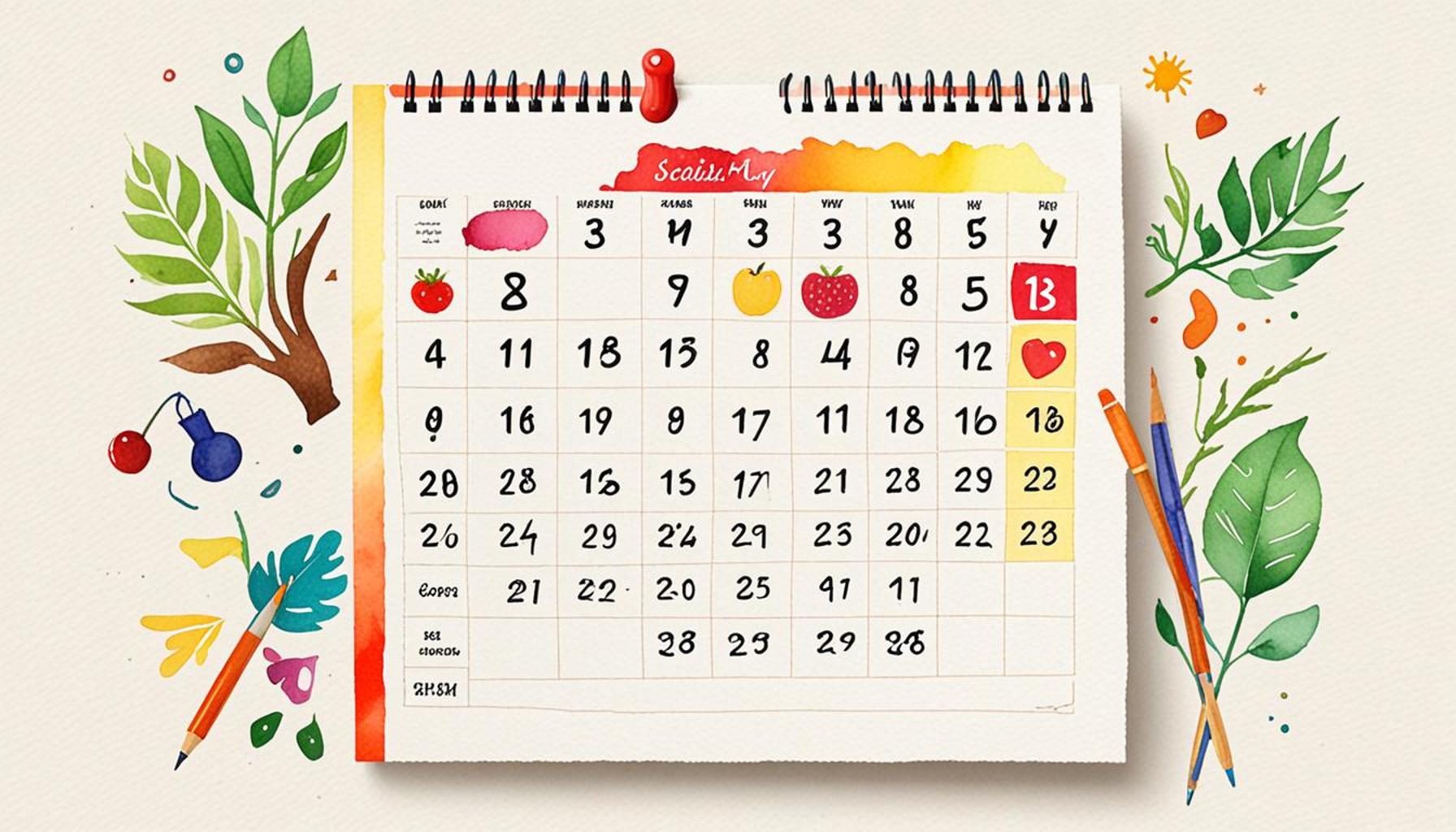Simplify Your Professional Life Minimalist Methods for Success

Introduction
In a world inundated with endless tasks and overwhelming responsibilities, embracing minimalism in professional life has become not just a trend but a necessity. The idea behind minimalism focuses on reducing the clutter—both physical and mental—to enhance productivity and clarity. By simplifying our work environments and processes, we enable ourselves to focus on what truly matters, paving the way for greater success.
Adopting minimalist methods can lead to significant improvements in work efficiency and mental well-being. Consider the following advantages:
- Reduced Stress: Clutter can create chaos and distraction.
- Improved Focus: Streamlining tasks allows for a clearer mindset.
- Increased Efficiency: Less clutter often results in faster completion of tasks.
As we explore the Top 5 minimalist methods that can revolutionize your professional life, prepare to discover innovative strategies that not only simplify daily operations but also inspire a more fulfilling work experience. Stay tuned as we delve into practical tips that can lead to a more meaningful and organized professional journey.
SEE ALSO: Click here to read another article
Top 5 Ways to Simplify Your Professional Life with Minimalist Methods
In today’s fast-paced and often overwhelming work environment, the concept of minimalism has emerged as a beacon of clarity for many professionals seeking to enhance their productivity and job satisfaction. Stripping away the non-essential can unshackle creativity and boost focus, allowing you to concentrate on what truly matters in your career. Here’s a ranked and detailed exploration of five effective minimalist methods to streamline your workflow, enhance your creativity, and foster a more balanced professional life.

5. Declutter Your Workspace
The journey to a minimalist professional life often starts with your physical surroundings. Many psychologists advocate that a cluttered desk translates to a cluttered mind. The visual chaos can distract you and impact your ability to think clearly. So how do you get started?
- Remove unnecessary gadgets and tools: Look around your desk. Are there gadgets or tools collecting dust, serving no purpose? Consider donating or recycling them.
- Keep only essential documents and files: Move towards a paperless office. Store essential paperwork digitally where possible and shred what isn’t necessary.
- Use storage solutions: Consider trays, boxes, and shelves to neatly store items, helping maintain a clean and organized workspace.
Starting with a clean slate can significantly improve your focus. Not only does it project a more professional image, but it also enhances efficiency, as you’re no longer distracted by clutter or wasting time searching for lost items.
4. Set Clear Boundaries
Bringing minimalism into your professional life extends beyond physical decluttering. Setting clear boundaries is equally crucial. With remote work blurring the lines between work and personal time, it’s vital to establish clear distinctions to ensure personal well-being and productivity.
- Turn off notifications after working hours: Respect your personal time by disconnecting. This can prevent burnout and mental fatigue.
- Communicate your availability to colleagues: Clarify your working hours and set expectations. This ensures colleagues respect your time and fosters mutual respect.
- Designate a specific workspace: Even if working from home, establish a dedicated area for work. This physical separation helps you mentally switch off when the workday ends.
Implementing these boundaries enhances your productivity during work hours and ensures rejuvenation during personal time, leading to more sustainable professional practices.
3. Prioritize Tasks using the Eisenhower Matrix
Effective task prioritization is foundational to productivity, and the Eisenhower Matrix is a powerful method to achieve this. This tool ranks tasks based on their urgency and importance. How can you apply it?
- Urgent and Important: These tasks require immediate attention. Think of urgent projects or approaching deadlines.
- Important but Not Urgent: Schedule these tasks. They are necessary for long-term goals but don’t need immediate action.
- Urgent but Not Important: Delegate if possible. These tasks might be deadline-driven but not critical to your main objectives.
- Neither Urgent nor Important: Question the necessity of these tasks. Can they be eliminated?
By focusing on tasks that truly matter, you optimize your efficiency, lower stress, and reduce the risk of feeling overwhelmed.
2. Embrace Automation Tools
Amid growing technological advancements, minimalism might also mean leveraging automation. While it may seem contradictory, using technology effectively can save significant time and simplify processes. Consider the following automation opportunities:
- Email responses: Create standard templates for frequent queries, enabling quick and efficient communication.
- Task management: Use apps that set reminders for deadlines or track progress, freeing mental space for more strategic efforts.
- Social media scheduling: Utilize tools to plan posts, ensuring you maintain a presence without constant manual intervention.
By automating mundane tasks, you free up time to focus on strategic and creative initiatives.
1. Adopt a “One In, One Out” Policy
The most potent strategy for minimalist professionals is the “One In, One Out” policy. Whenever a new item enters your workspace, be it a document, tool, or piece of technology, commit to removing an old one. What benefits does this bring?
- Intentionality in purchases: Requires critical analysis and makes you deliberate before acquiring new items.
- A focused environment: Consistently decluttered surroundings enhance clarity and productivity.
- Improved decision-making skills: Regularly choose between what to keep and discard, honing your ability to assess value.
This method promotes a minimalist mindset, keeping your professional life efficient and goal-oriented.
By integrating these minimalist strategies into your professional routine, you can simplify your work life while maximizing productivity and satisfaction. Are you ready to unleash the power of minimalism in your career? Start today and witness the transformative impact it can have.
| Category | Description |
|---|---|
| Time Management | Employing minimalist time management techniques such as time blocking allows professionals to focus on core tasks, reducing distractions. |
| Clutter Reduction | Implementing a clutter-free workspace promotes mental clarity and enhances focus, enabling higher productivity levels. |
| Decision Fatigue | By minimizing choices in daily routines, individuals can combat decision fatigue, leading to better outcomes and less stress. |
| Goal Clarity | Adopting a minimalist approach helps in setting clear and attainable goals, which streamline focus and resource allocation effectively. |
In the pursuit of a more efficient professional life, the integration of methodologies grounded in minimalism has shown tremendous promise. One of the most compelling aspects of these methods is their impact on time management. Through the practice of time blocking, professionals can allot dedicated periods to specific tasks, allowing them to delve deeply into their work without the constant interruption of notifications or multitasking obligations. This approach contributes to a significant reduction in deviations from their focal points, enhancing overall efficacy.Moreover, the physical and mental environment dramatically influences productivity. A cluttered workspace often leads to a cluttered mind. By embracing a clutter-free workspace, one experiences an immediate boost in mental clarity and focus. It is not uncommon for individuals to report increased productivity after simply clearing their desk or organizing their files. This simple change can set the stage for substantial positive shifts in workflow and creativity.Addressing decision fatigue is another critical benefit of applying minimalist philosophies to professional life. Each decision we face can drain our cognitive resources. By simplifying choices, whether in attire, daily rituals, or project selections, individuals can preserve their mental energy for more significant decisions that require deeper thought and scrutiny.Lastly, instilling clarity in goal setting paves a path towards achievement. A minimalist approach eliminates the excess noise often associated with overly ambitious or vague objectives, making way for clear and attainable goals. This focus is not only refreshing but also provides a clear map for working professionals, ensuring that every step taken is a step towards a directive endpoint, thereby optimizing resource allocation and lowering hesitancy in decision-making processes. As professionals continue to explore minimalism, its multifaceted benefits become increasingly evident, paving the way for a more streamlined and productive approach to work and life.
YOU MAY ALSO LIKE: Read this other article
FAQs on Simplifying Professional Life with Minimalist Methods
What are some key minimalist methods to simplify professional life?
Minimalist methods in the professional world often focus on eliminating clutter, both physical and mental. This can involve decluttering your workspace to increase efficiency, using digital tools to organize your tasks, and removing unnecessary commitments. Prioritization is crucial: focus on what truly adds value to your work and discard the rest. Many professionals also adopt techniques like time-blocking and reducing multitasking to streamline their workflow.
How can minimalism boost productivity in a professional setting?
By embracing minimalism, you can potentially enhance focus and clarity, which are key drivers of productivity. Without the distractions of non-essential tasks and excessive meetings, your brain can concentrate better on what’s necessary. Additionally, a minimalist approach often encourages the use of efficient systems and structures, making it easier to manage projects and deadlines without the stress of overload.
Are there any potential downsides to adopting a minimalist approach at work?
While the minimalist approach can be highly beneficial, there can be challenges. For instance, if not executed carefully, it might lead to oversimplification of important tasks. There’s also the possibility that deprioritizing certain tasks could neglect aspects that are less immediately impactful but still vital in the long run. Therefore, it’s important to continually assess whether your approach aligns with your professional goals and obligations.
Can minimalism be applied to team environments in the workplace?
Indeed, minimalism can be applied to teams. This usually involves streamlining communication channels, ensuring meetings are productive and goal-oriented, and delegating tasks clearly to prevent overlaps and confusion. By promoting a minimalist culture, teams can function more cohesively, allowing for greater creativity and innovation as unnecessary barriers are removed.
How do successful individuals incorporate minimalism into their professional lives?
Successful individuals often use minimalism to maintain a laser-sharp focus on their long-term goals. This can include setting strict boundaries around their time, regularly reviewing and editing their commitments, and keeping their work environments conducive to productivity. Many rely on minimalism not just to enhance productivity but to ensure work-life balance, emphasizing quality over quantity in both their professional and personal lives.
YOU MAY ALSO LIKE: Read this other article
Conclusion
In today’s fast-paced world, the quest for simplicity and clarity at work has never been more pertinent. Embracing minimalist methods can be transformative, not only for boosting productivity but also for improving overall mental well-being. This article explored several actionable strategies to simplify your professional life.
Key Takeaways
- Decluttering physical and digital spaces can significantly enhance focus. A clean and organized work environment eliminates distractions and facilitates clearer thinking.
- Prioritizing essential tasks is crucial. By identifying tasks that truly matter, professionals can allocate their time and energy more effectively, thereby reducing stress.
- Streamlining communication channels helps in avoiding information overload. Opting for efficient tools and channels can ensure that messages are clear and concise.
- Adopting a minimalist mindset encourages intentionality. Being deliberate about choices and actions can lead to more meaningful and productive work experiences.
- Setting boundaries is vital for maintaining work-life balance. Clearly defining work hours and personal time prevents burnout and promotes a healthier lifestyle.
Incorporating these minimalist techniques into one’s professional life is not just about doing less but about doing more of what truly counts. By focusing on what is essential and eliminating the non-essential, professionals can achieve a greater sense of fulfillment and efficiency.
As the demand for greater productivity and reduced stress grows, minimalism provides a practical framework that encourages both innovation and introspection. It’s a reminder that sometimes, less truly is more.



